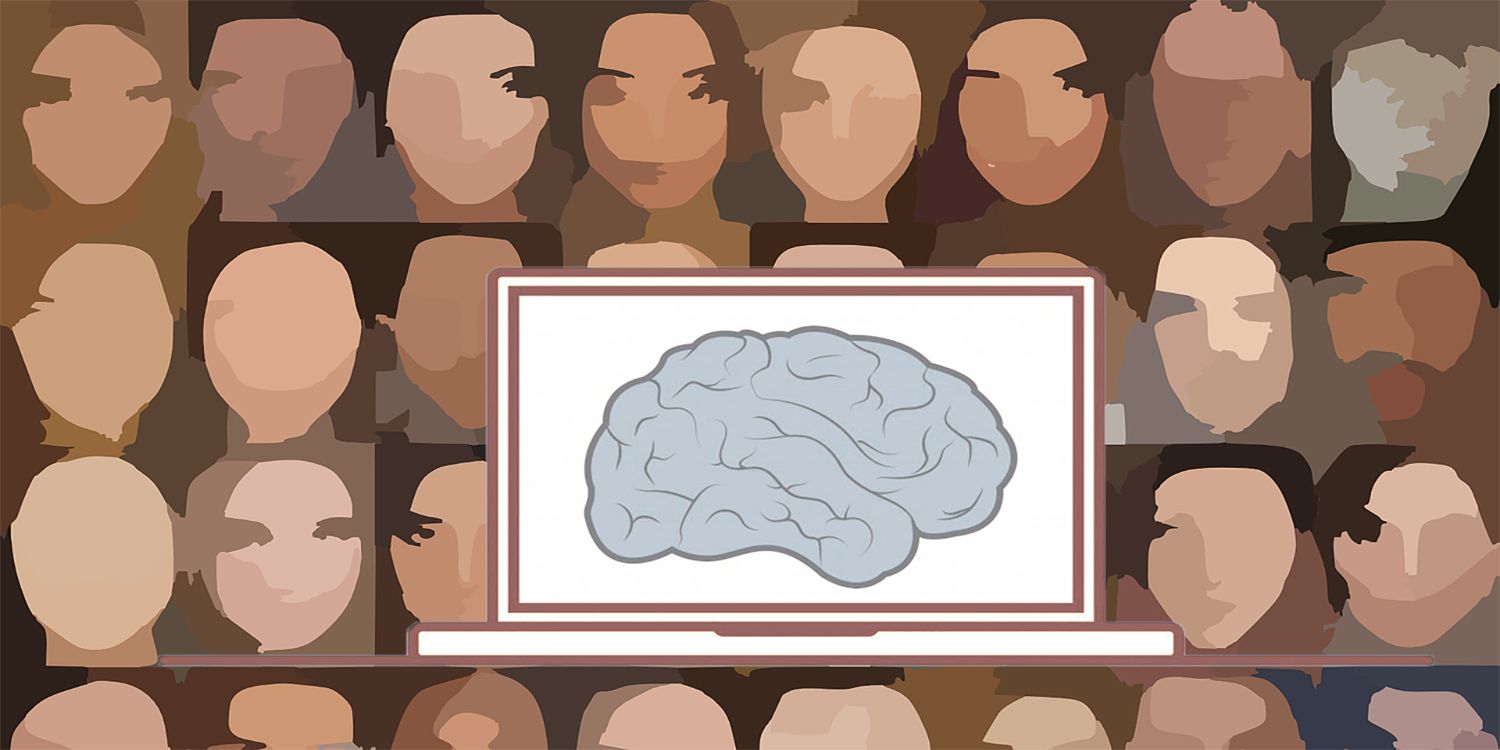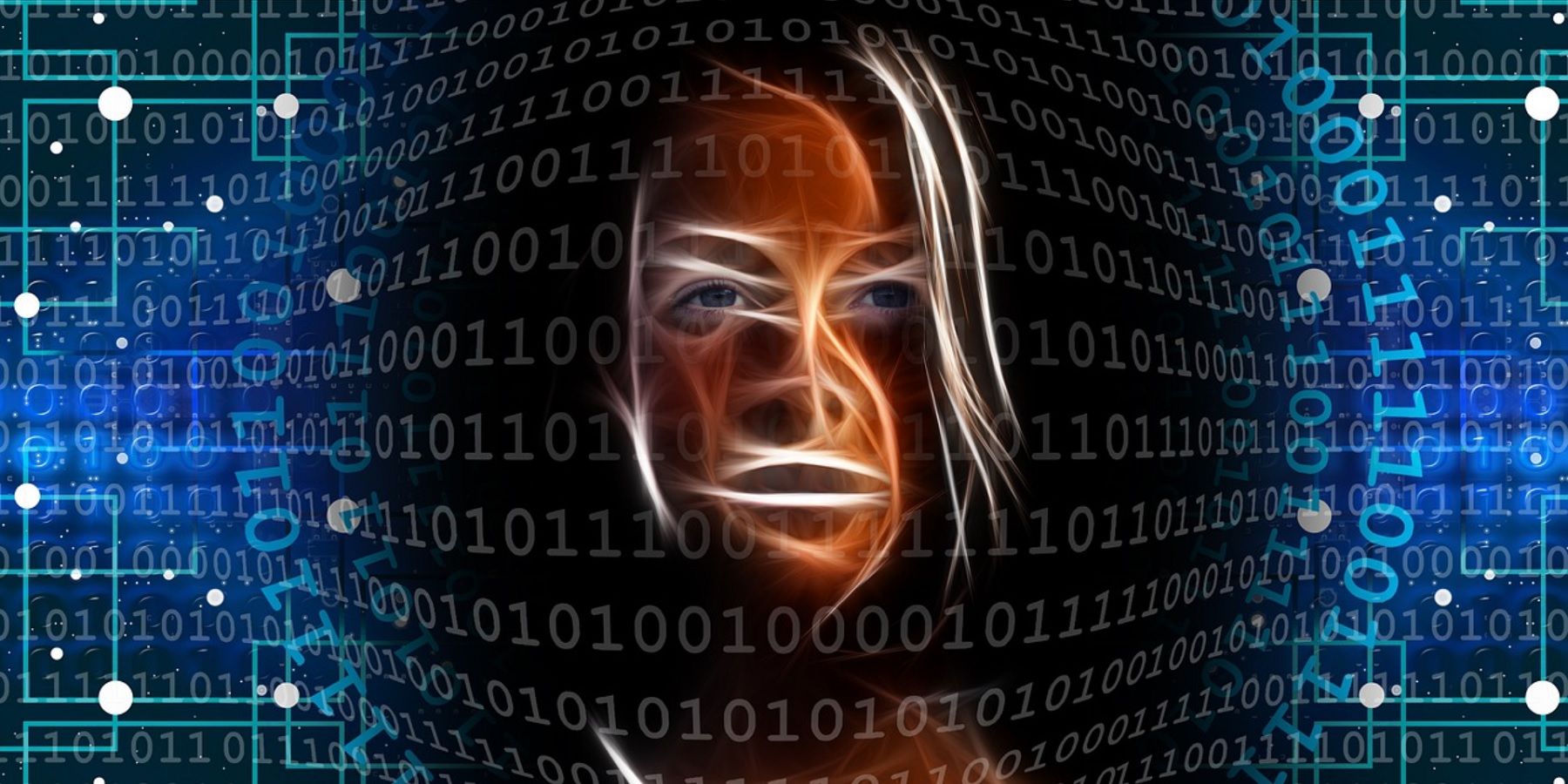
An AI algorithm is now able to identify the age and ethnicity of faces, although the researchers are not entirely sure how the algorithm is able to do it. The use of AI facial recognition technology has become a controversial topic lately, due to its widespread usage by law enforcement and the racial bias the technology can exhibit.
Following the Black Lives Matter protests, Amazon announced a police restriction on the use of its facial recognition technology, while improved regulations are put in place. However, the use of AI-powered facial recognition had been a cause for concern long before the most recent developments. During the COVID-19 pandemic, a Chinese company developed a facial recognition solution capable of identifying a face, even when wearing a mask. Meanwhile, the likes of Clearview AI has been working on facial recognition tools that could prove to be a privacy concern for internet users. Despite these examples, the technology is expected to be commonly used in the future and especially, in cities and busy public places.
As reported by Tech Xplore, the latest AI advancement was created by engineers at Ruhr-Universität Bochum (RUB) in Germany, and the algorithm works by interpreting facial features related to aging, including wrinkles, furrows and spots. Besides the ability to identify an age, the algorithm can also identify the ethnicity of a face. A feature that is all the more relevant considering, many of the current AI facial recognition systems appear to be less capable of accurately assessing non-white faces.

The algorithm in question is a hierarchical deep neural network with eleven levels. For training, researchers fed it thousands of photos, varying in age and ethnicity, while also informing the AI of the age and ethnicity of each person in the photos. Researchers let the system choose which facial and ethnic features to take into consideration when making its recognition predictions. For age recognition, this included face wrinkles that increase slowly over time. As per the design, the algorithm kept those specific features and ignored others that typically vary between faces, such as eye color or the shape of the nose.
Since the algorithm taught itself to read faces, the researchers haven't yet been able to determine which features the system is using to identify age. Nevertheless, the result is impressive and especially considering the algorithm under-guesses age by no more than three and half years on average. A feat that is reportedly better than the best system we have today — the human brain. As for ethnicity, the probability of accuracy was determined to be greater than 99 percent. While the accuracy in age and ethnicity identification is encouraging, the fact that engineers currently don't know how exactly the AI algorithm is coming to its conclusions, poses a transparency issue.
Source: Tech Xplore
from ScreenRant - Feed https://ift.tt/2Y9GIxq


0 Comments